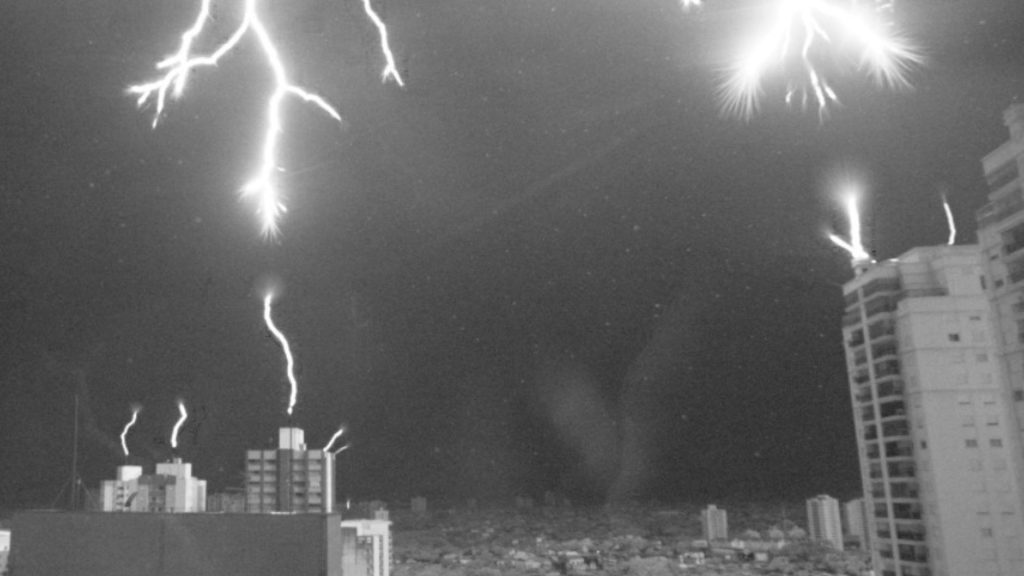Lightning
Lightning is a breathtaking and awe-inspiring natural phenomenon characterized by sudden, intense bursts of electrical energy. It occurs when electrical charges build up within thunderclouds, leading to the formation of powerful electrical discharges between clouds or between a cloud and the ground. These discharges can take various forms, including cloud-to-cloud lightning, cloud-to-ground lightning, and intra-cloud lightning.
Cloud-to-ground lightning is perhaps the most well-known and visually striking type of lightning. It typically originates from negatively charged regions within a thundercloud, known as stepped leaders, which descend towards the ground in rapid, discrete steps. Simultaneously, positively charged streamers rise upward from objects on the ground, such as trees, buildings, or even people. When the stepped leader and the upward streamer meet, a completed path is formed for the lightning discharge, resulting in a powerful return stroke. This return stroke is the brilliant flash of light that we commonly associate with lightning.

The immense heat generated by a lightning strike—often exceeding 50,000 degrees Fahrenheit—causes the surrounding air to rapidly expand and contract, producing shockwaves that manifest as thunder. The distance between the lightning and the observer can be estimated by counting the seconds between the flash of lightning and the subsequent clap of thunder, with each second representing approximately 1,100 feet of distance.
While lightning strikes are undeniably captivating to witness, they also pose significant risks to life and property. Lightning is responsible for numerous injuries and fatalities each year, as well as considerable damage to buildings, trees, and electrical infrastructure. As a result, understanding the behavior of lightning and implementing appropriate safety measures are essential for mitigating its potential hazards.
Advancements in technology have enabled scientists to study lightning more comprehensively, leading to improved forecasting and detection systems. These systems help to provide early warnings of thunderstorms and lightning activity, allowing individuals and communities to take proactive measures to minimize risks.
Despite its dangers, lightning also plays a vital role in the Earth’s atmospheric and ecological processes. It helps to regulate the planet’s electrical balance, contribute to nitrogen fixation in the soil, and even trigger wildfires that play a crucial role in maintaining certain ecosystems.
In essence, lightning is a captivating and multifaceted natural phenomenon that evokes both wonder and caution. Its power and beauty remind us of the awe-inspiring forces at work in the world around us, while its potential hazards underscore the importance of respecting and understanding nature’s elements.